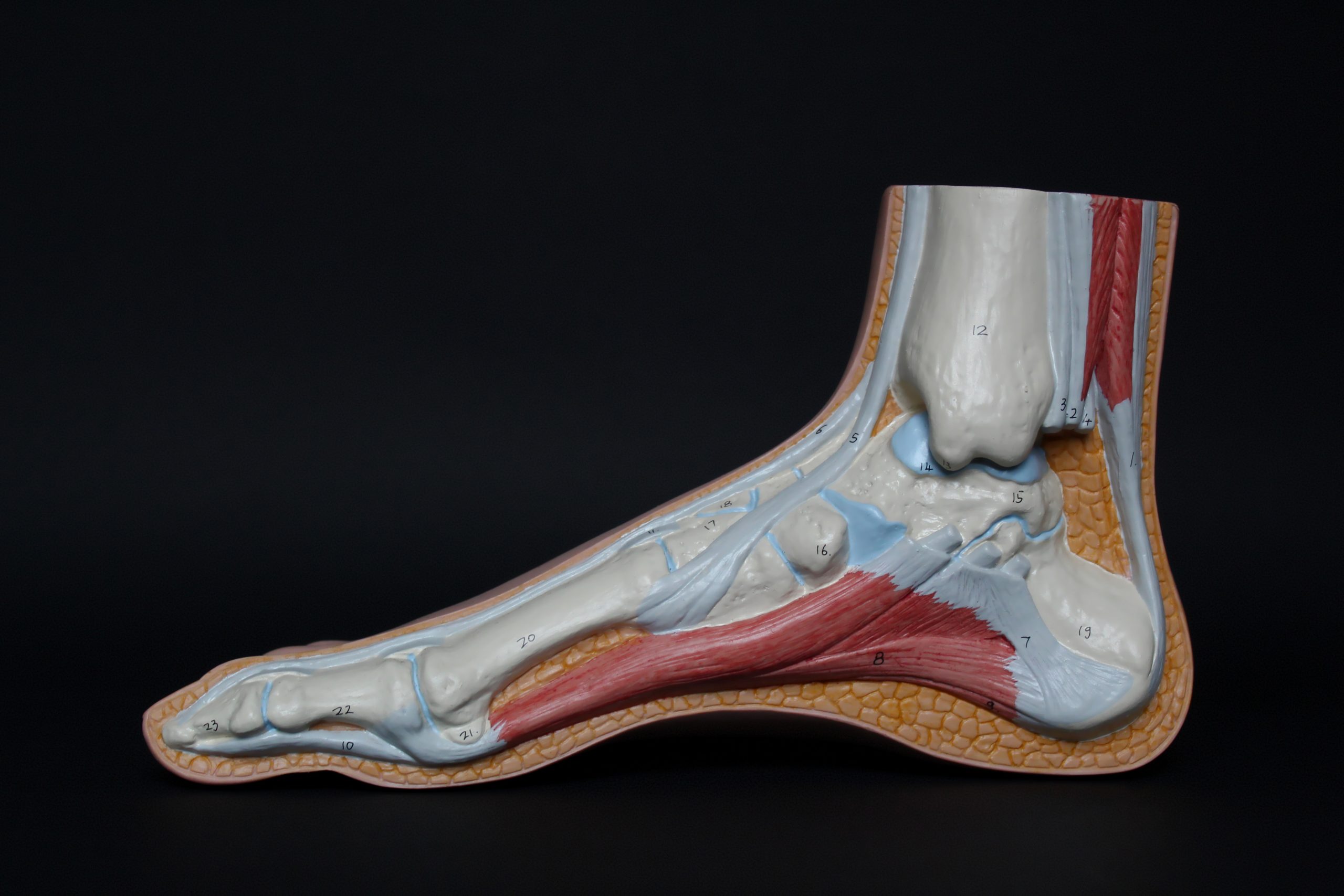Tips for Triathletes Dealing with Achilles Tendinitis
Causes, symptoms & risk factors and tips for triathletes dealing with achilles tendinitis

What is Achilles tendinitis?
Achilles tendinitis is a common overuse injury and occurs when the large tendon that runs down the back of the lower leg becomes irritated and inflamed. The Achilles tendon connects the calf muscles to the heel bone and is used when you walk, run, climb, jump, etc.
According to Cleveland Clinic, there are two types of tendinitis:
- Noninsertional Achilles tendinitis: Affects the fibers in the middle of the tendon and typically affects people who are younger and more active.
- Insertional Achilles tendinitis: Affects the lower part of the heel where the tendon connects to the heel bone. It most commonly affects those who overuse the tendon (e.g., long-distance runners).
What are the primary causes of Achilles tendinitis?
Achilles tendinitis is not related to a specific injury and results from repetitive stress to the tendon. Overtraining is a major contributing factor. Others factor that increase the likelihood of Achilles tendinitis, include:
- A sudden increase in the amount or intensity of exercise/activity
- Tight calf muscles. This puts extra stress on the Achilles tendon, particularly where it inserts into the heel bone.
- Haglund’s deformity: a condition resulting in an enlarged bone on the back of the heel, which rubs on the Achilles tendon and causes inflammation.
What are the common symptoms of Achilles tendonitis?
- Pain/stiffness of heel and/or ankle
- Pain and/or swelling that worsens with activity
- Thickening of the tendon
- Bone spurs
What are the risk factors of Achilles tendinitis?
Achilles tendon disorders are common sports injuries and typically affect those who:
- Play sports
- Run or dance
- Work at jobs that require a lot of standing
- Exercise irregularly and put high stress on the body
You may also be at higher risk for Achilles tendinitis due to your anatomy.
- Tight/weak calf muscles
- Bone spur (extra bone growth in your heel)
- Flat arches
- Overpronation (ankles that roll down and in when you walk)
Anyone experiencing persistent foot/leg pain should see a doctor. Start with your primary care doctor or a podiatrist (a physician and surgeon who treats the foot, ankle, and related structures of the leg).
“If you are experiencing persistent pain of any kind, you should see a doctor,” said Dr. Danny Gomez, DPM, FACFAS. “Be prepared to answer questions about your symptoms, pain level and any factors that may be contributing to your overall discomfort.”
I have Achilles tendinitis, now what?
Following an exam, a diagnosis from a doctor, and possibly imaging (i.e., ultrasound, x-ray, MRI), your doctor may recommend the following non surgical treatments:
- RICE: rest, ice, compression, elevation
- Supportive shoes, boot or orthotics
- Nonsteroidal anti-inflammatory drugs (NSAIDs) such as ibuprofen
- Stretching/physical therapy
***
Danny Gomez, DPM, FACFAS, earned his board certification from the American College of Foot and Ankle Surgery. He earned his undergraduate degree from Fordham University and received his doctorate from the New York College of Podiatric Medicine.

